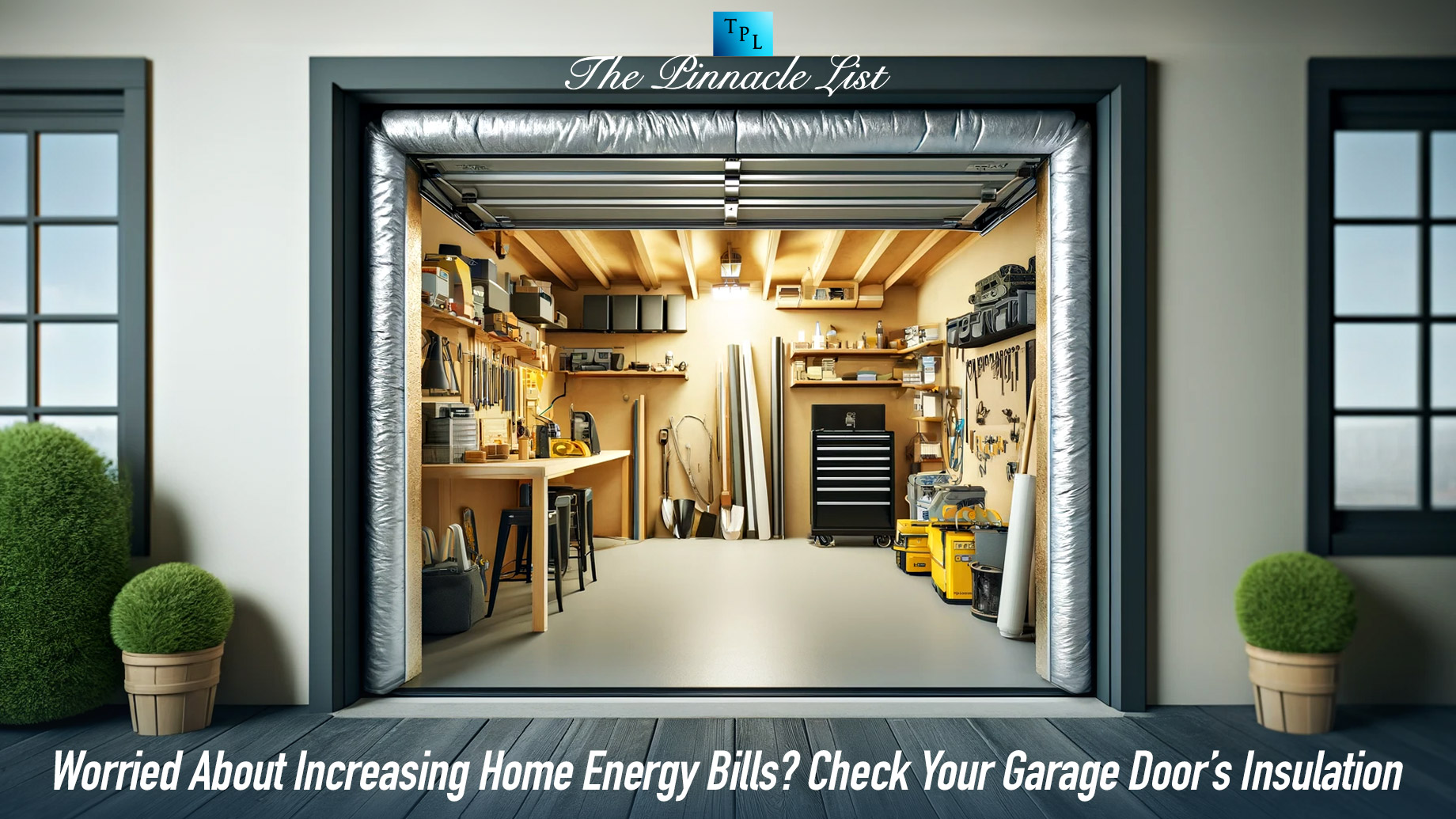
Most homeowners ensure the walls, windows, and roofs are properly insulated to avoid temperature imbalance and costly electricity bills. However, garage door insulation is overlooked by many as they fail to interpret its effects on temperature control and energy efficiency. Check for gaps in the door to know whether or not your garage door is safe in this aspect. If the garage door lacks proper sealing, you must get it fixed. You will notice its effect on your monthly utility bills soon. However, it’s just one side. A lot of other things also depend on this. Let’s delve into this area for a better understanding.
Insulated garage door
Insulation refers to incorporating an additional layer of suitable material into the door to improve thermal capabilities. The thermal layer keeps the indoor garage environment comfortable by managing the temperature. A well-insulated garage door will avoid heat loss in cold and excessive heat during hot summers. That’s why it’s essential to seal gaps and other such defects on the garage doors that can potentially imbalance the temperature inside your garage. You can contact garage door repair Chino, CA experts. They will inspect the door for energy efficiency and offer a suitable solution.
Things to consider in determining the energy efficiency of garage doors
Insulation helps doors prevent heat transfer and balances the indoor temperature throughout the year. If your garage door lacks it, a technician can recommend polyurethane or polystyrene to create a tight seal around the garage door’s nooks and corners. They also look into the thermal value of the door, which the R-value indicates. The door should have an R-value of 11 in the heated garage. Others can opt for doors with 14 to 16 R-value. These can also control the loss of heat. If the R-value checks heat loss, the U-value is another indicator that signals the heat transfer rate from the door. The R-value focuses on the insulation, while the U-value encompasses frames, seals, hardware, panels, and other door parts contributing to heat transfer. U-value can vary from 0-1, where the lower numbers suggest better work.
Ways to increase garage door energy efficiency
A technician can advise a solution only after thoroughly examining your garage door. They will repair or replace damaged door panels. They may work on the weather stripping and seals to address draft issues. They will inspect door cables, tracks, rollers, hinges, and other components to ensure the system opens and closes properly. Tracks often become cluttered due to debris collection, causing the door to misalign or get stuck. They will clean them.
You can get trained professionals for this work. Please opt for annual inspections. It will help you avoid unwanted issues and preserve your garage door. At the same time, a well-managed insulated garage door lowers your carbon footprint by controlling the emission of greenhouse gases. Plus, using a garage door with the proper R-value leads to lower consumption of fossil fuels used in power generation, which keeps your home comfortable throughout every season. So, consult a technician to prepare your door for better insulation.